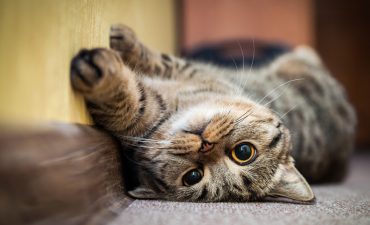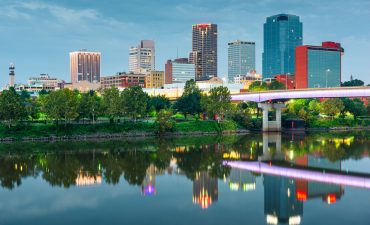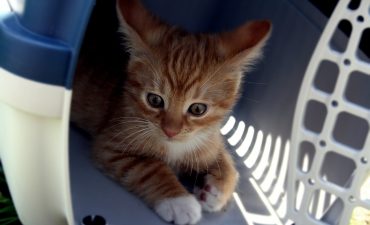Every flower that we admire has its beginnings from a seed. A seed is sown in the soil from where it germinates and grows into a plant having flowers. The seed needs to be nourished with water and food so that it can germinate and become a healthy plant. The main function of a flower is to ensure that there is an interaction between the male sperm and the female ovum. When this happens, seeds are produced. The very first step for creation of seeds starts with pollination of flowers. Remember the main objective of any flower is reproduction.
The process of pollination and its end result
During the process of pollination, the pollen is transferred from the stamens (the male part of the flower) to bodies of insects such as bees and flies, when they sit on the flower to suck the nectar. Some plants may also use the wind and the water elements to disperse the pollen. After the pollen has been dispersed, it will seek the stigmas (female parts of the flower) of the same species of the plant. When this happens, the fertilization takes place and leads to the formation of the seeds. Each plant and its further sub species seek favorable times for fertilization.
Types of pollination
‘Entomophilous’
Pollination is essential for the fertilization and the survival of the plant species. There are ways through which the process of pollination is carried out. The first process is known as ‘Entomophilous’ . In this mechanism, the flowers attract the birds, insects, bats and many other animals to transfer the pollen from the stamens to the stigmas. The stamens are specialized in shape and have evolved to ensure that the pollen grains will stick to the bodies of the vectors, which will transfer the pollen. The stigmas of such plants are equally specialized to ensure that they can catch the pollen when the vectors land on the flowers. For this reason, these flowers also tend to be bright in order to attract the vectors.
Anemophilous’
The second method is known as ‘Anemophilous’ where the plants or more appropriately the flowers will use the wind element to transfer the pollen from the male stamens to the female stigmas. Part from these several flowers is even self pollinating. These sorts of flowers are known as ‘cleitogamous’.
Self pollination
Some flowers even have stamens and pistils that help in self pollination. However, this ensures that there is no genetic variation. On the other hand, the flower has increased chances of producing the seeds. While many other species of plants or flowers have ways that will prevent the self fertilization of the flowers.
In many cases, some flowers will develop a relationship with a single organism to help them in the process of pollination. As soon as the fertilization process is complete, the flowers will then produce seeds. The seeds need to be disbursed to ensure that germination takes place. Disbursal of seeds is done through wind, birds and others insects and animals. Seeds are spread far and wide. After this, will start the germination process, whereby the plant will grow.






